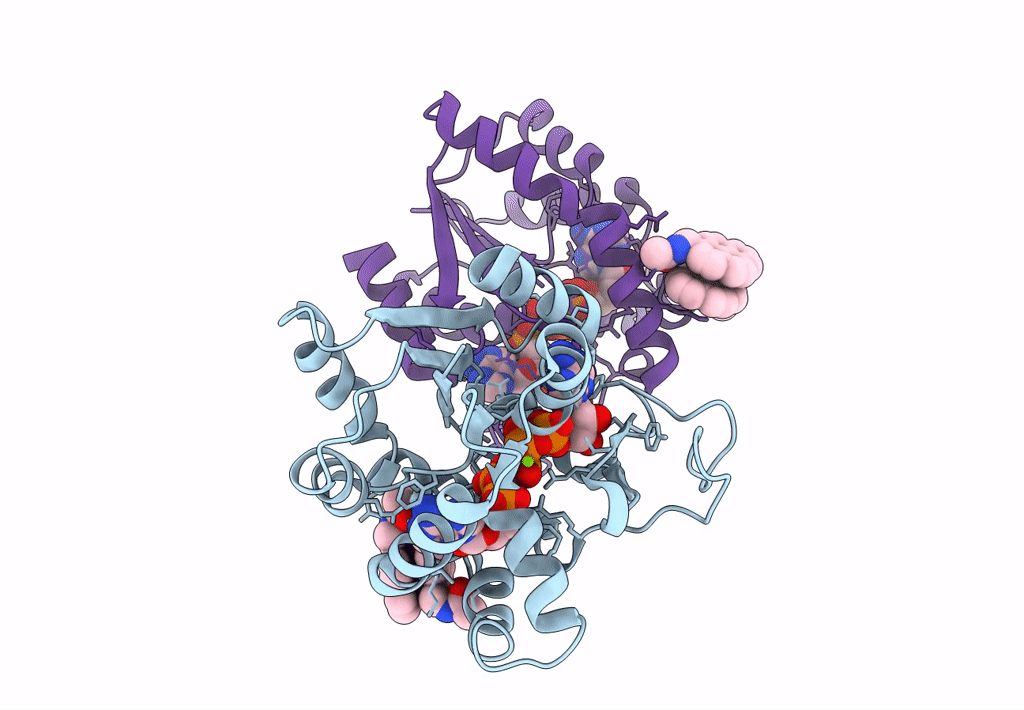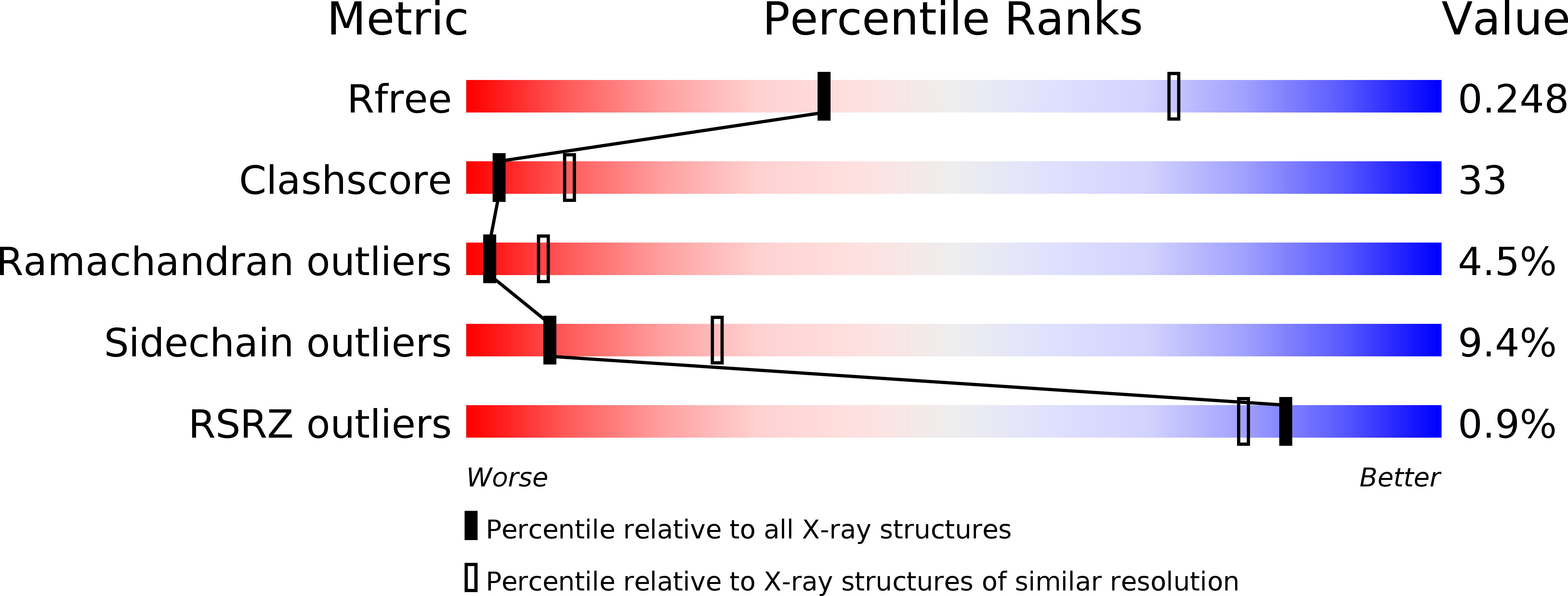
Deposition Date
2014-12-31
Release Date
2015-04-01
Last Version Date
2024-11-20
Entry Detail
Biological Source:
Source Organism:
Escherichia coli str. K-12 substr. MDS42 (Taxon ID: 1110693)
Host Organism:
Method Details:
Experimental Method:
Resolution:
2.80 Å
R-Value Free:
0.25
R-Value Work:
0.20
R-Value Observed:
0.20
Space Group:
P 21 21 21


